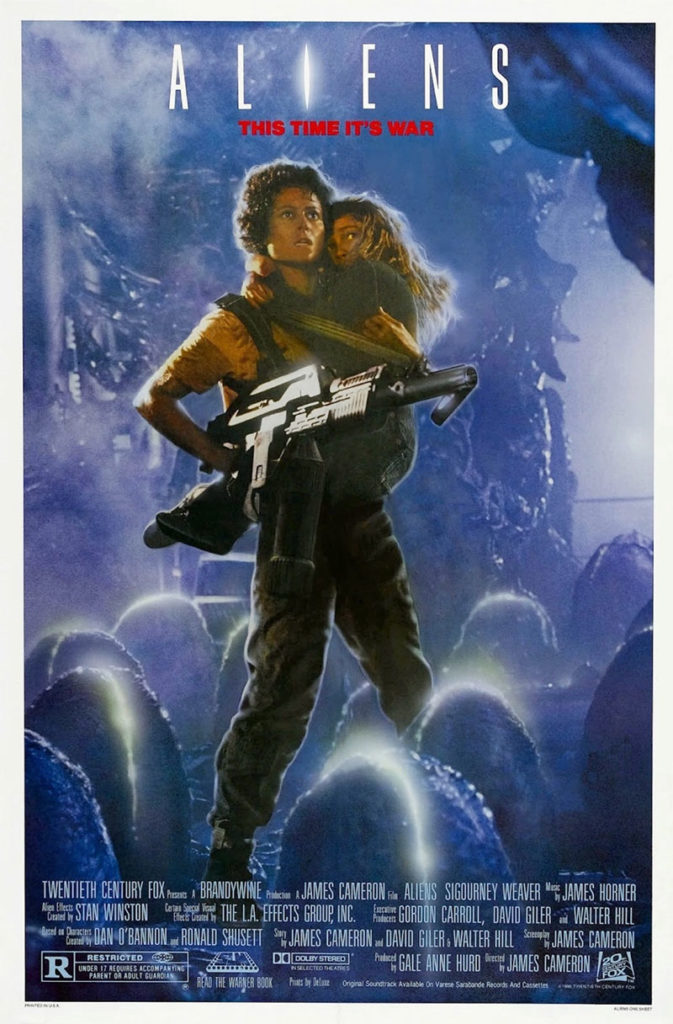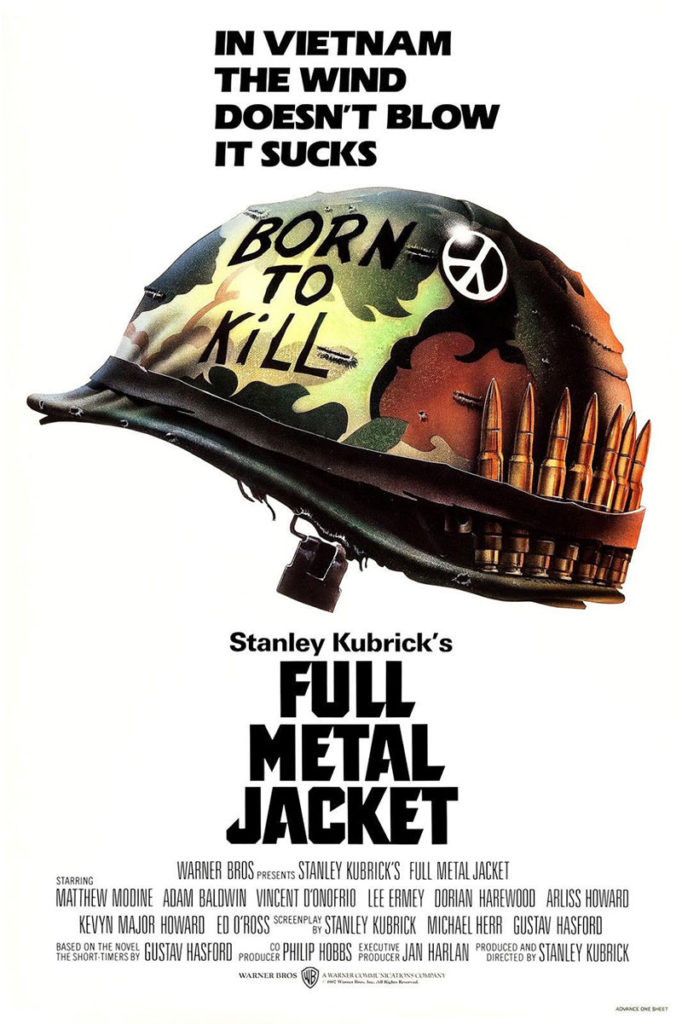Pundits and scholars made bold predictions in the early ’90’s concerning the new World Wide Web’s ability to disseminate information to the masses, and while they all underestimated what the internet would become, there rose a clamor over the information itself. Good versus bad. Culture versus trash. News versus punditry. We all know which side is winning the battle for hearts and minds. This vast repository we have created for information also has an appetite of its own, craving volume to eternally build the noise to some crescendo that, at this point, remains in the far distance. Along with the opposing sides of quality and worth, there exists the obscure — information that would have been lost to time and degrading videotapes were it not for digitization. Look in any video section on any random humor website, and they are there, somewhere: excerpts from foreign, low-budget schlock cinema that has little regard for cinematic excellence or American trademark law. These inept productions laughably maul such cherished personas of pop Americana as Superman, or blatantly insert footage from Star Wars to beef up otherwise weak productions. Never meant to have much life, these turkeys were turned out for quick cash, and were it not for the great information void of the internet, would have remained in obscurity, instead of rising to the slightly more respectable level of kitsch. Continue reading “The Italian Spiderman Movie”
Tag: Action Flick
Resident Evil: Extinction
Oh, man. Just...oh, man. Resident Evil: Extinction is one of the worst wide-release films ever made. It’s a film so lacking in quality that the fact it found success at the box office has whittled away a bit more of my confidence in the judgment of mankind.
The voiceover after the opening scene is the first indication that a viewer is in for a long, torturous ride. Star Milla Jovovich’s reading of the narration is sluggish and amateurish. That seemed to be a basic theme throughout the film. Normally, I would be willing to forgive much in a failed film if it had performances that rose to the minimum level of professionalism expected from a major release, but this film just does not have it. From bit players to main characters, all are bad. Continue reading “Resident Evil: Extinction”
Doom
Sundays are usually pretty slow for me. The day and evening tend to drift by, lost in the newspaper, a book, televised sports, leisurely cooking, and the occasional shitty movie. It was late one Sunday that I came across an awful latter-day Godzilla film dubbed into Spanish (that I subsequently reviewed, along with its sequel). I usually get all heavy thinking out of the way before the sun goes down, and a mindless movie is a great complement to the relaxed nature of a Sunday evening. Paradoxically, this past Sunday’s fare, while mindless, was also frenetic and violent. But it was enough to satisfy the craving for bad cinema that I think all of us have a weak spot for. Continue reading “Doom”
Aliens
 Alien is an artful film. It is frightening and suspenseful, but it also has operatic grace and gritty realism, despite being set mostly aboard a spaceship. It’s hard to imagine Alien spawning a sequel so tonally different yet still so successful, but Aliens does just that. The two films are poles apart, sharing with each other only the alien creatures and Sigourney Weaver, who reprises her role from the first film as Ripley.
Alien is an artful film. It is frightening and suspenseful, but it also has operatic grace and gritty realism, despite being set mostly aboard a spaceship. It’s hard to imagine Alien spawning a sequel so tonally different yet still so successful, but Aliens does just that. The two films are poles apart, sharing with each other only the alien creatures and Sigourney Weaver, who reprises her role from the first film as Ripley.
Many sequels born of successful films are flawed from the start, attempting to recreate the magic of the first film by simply imitating it. For example, Jaws 2 tried its damnedest to cash in on its progenitor’s success, but it was little more than a rehash of the same story with a less robust script, a less talented director, and a lame attempt at topping the original’s explosive climax. More examples abound, including Rocky and Rocky 2, King Kong and Son of Kong, along with many others.
Aliens director and screenwriter James Cameron was surely aware of film history and the perils of trying to recreate a successful formula when he conceived the project. His solution appears to have come about by asking some simple questions about Alien. Why didn’t the protagonists just shoot the alien? What would happen if there were more than one alien? Cameron apparently decided that a successful sequel could be made while adhering to conceptual precedent by arming the humans in his film with machine guns, flamethrowers, and grenade launchers. Since heroes bristling with such weaponry would make quick work of one alien, Cameron supplies dozens. Continue reading “Aliens”
Iron Man
President Dwight Eisenhower once described the shame and the dangers of the military/industrial complex. He decried “spending the sweat of [the world’s] laborers, the genius of its scientists...” in pursuing the means of war. He went on to say that this was no way of life at all, “...it is humanity hanging from a cross of iron.” Continue reading “Iron Man”
The Matrix
Science fiction is not only the province where the wonder of our imaginations resides, it is also where nagging fear for the safety of mankind finds a home. The best science fiction stretches human timelines to the unbelievable. Also, it reminds us of what is possible. Because we can imagine it, it follows that eventually, it will be done. Some time in the future we will gaze upward at foreign skies with unfamiliar constellations, Sol but one of the infinite dots twinkling in a new sky. We will wander so far from our home for so long it will become legend, rumored to have once been an unthinkable place where thousands of generations could only dream of seizing the stars, when light years were vast and distance still had meaning. It’s possible. Continue reading “The Matrix”
Godzilla Against Mechagodzilla & Godzilla: Tokyo S.O.S.
This past week the programmers at Telefutura graced its viewers with a very special set of movies. Sunday night saw a rare return in modern television to the late night creature feature, with Godzilla Against Mechagodzilla (from 2002, not to be confused with 1974’s Godzilla vs. Mechagodzilla). And last night came the followup, Godzilla: Tokyo S.O.S. from 2003. Of course, Telefutura is a Spanish-language station, and I don’t speak Spanish. In addition, I didn’t mark down any listing times for these movies with an intent to tune in. I stumbled on them while flipping channels, both well into their respective story arcs. But what the hell, it’s Godzilla. Even truncated and in a foreign language, no Godzilla flick is difficult to follow. Continue reading “Godzilla Against Mechagodzilla & Godzilla: Tokyo S.O.S.”
Full Metal Jacket
 Full Metal Jacket is a comedic tour de force. At a younger age, the idea of growing up and coming face to face with R. Lee Ermey in a cold and brutally lit recruit barracks was an uneasy thought indeed, if not downright intimidating. Being on the cusp of every youngster’s wild transition from the coddling environment of elementary school to the hormonally-driven torture of middle school, I looked upon the visage of Ermey’s Gunnery Sergeant Hartman as the great and enduring symbol of social intimidation. He was mean, he was loud, and, like the most effective bullies, there was never any correct answer to his questions, no way to put brakes on the shit heading in a person’s direction once his sights were set. There was even a classic bullying staple in evidence as Ermey’s character ruthlessly forces Private Leonard ‘Gomer Pyle’ Lawrence (Vincent D’Onofrio) to choke himself, a unique twist on the old ‘stop hitting yourself’ routine.
Full Metal Jacket is a comedic tour de force. At a younger age, the idea of growing up and coming face to face with R. Lee Ermey in a cold and brutally lit recruit barracks was an uneasy thought indeed, if not downright intimidating. Being on the cusp of every youngster’s wild transition from the coddling environment of elementary school to the hormonally-driven torture of middle school, I looked upon the visage of Ermey’s Gunnery Sergeant Hartman as the great and enduring symbol of social intimidation. He was mean, he was loud, and, like the most effective bullies, there was never any correct answer to his questions, no way to put brakes on the shit heading in a person’s direction once his sights were set. There was even a classic bullying staple in evidence as Ermey’s character ruthlessly forces Private Leonard ‘Gomer Pyle’ Lawrence (Vincent D’Onofrio) to choke himself, a unique twist on the old ‘stop hitting yourself’ routine.
Was this what the future held? Was growing up just going to be a series of continuing transitions into the waiting arms of unpleasant people? Thankfully no, for most of us. Ermey’s portrayal of a Marine drill instructor was an accurate representation of methods used to indoctrinate our nation’s young and gird them for armed conflict. Continue reading “Full Metal Jacket”
